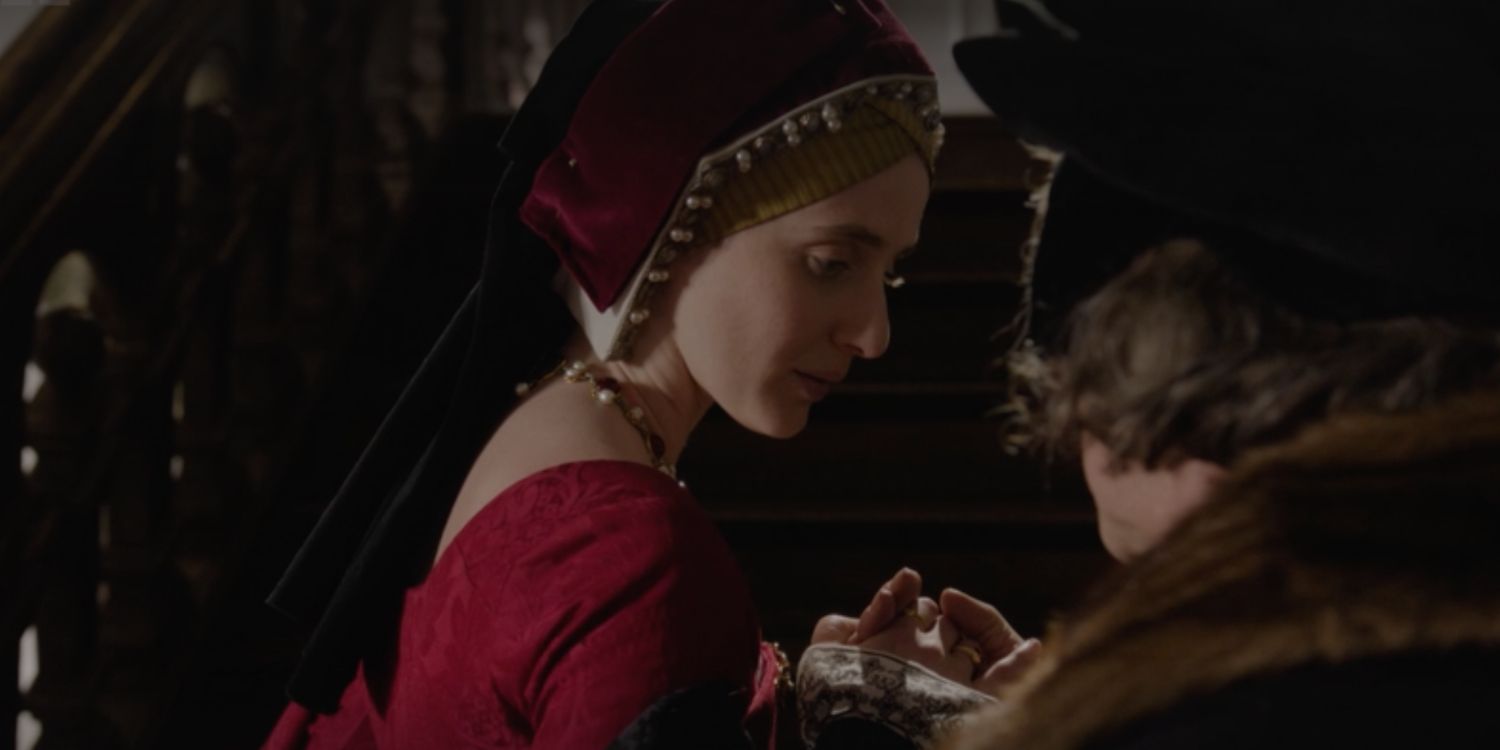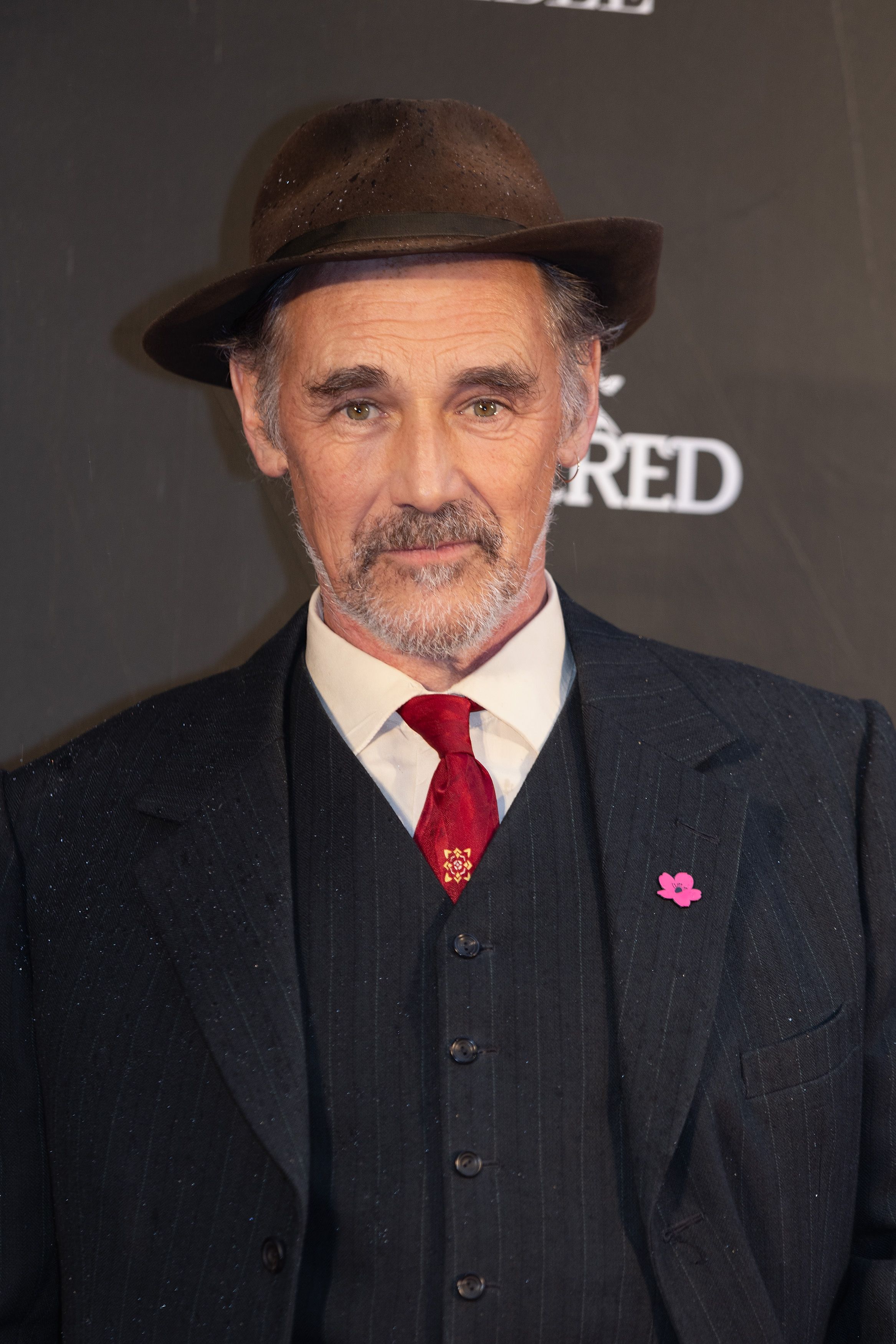As the plot unfolds, historical fact dances with dramatic license.
Sometimes this is done for visual effect, like juxtaposing Annes execution withHenrys marriage to Jane Seymour.
However, the way they execute this is historically questionable.

The show uses deliberate ambiguity to push a romantic narrative between Thomas Cromwell and Lady Mary.
The message itself is far from romantic, instead having pious references.
Respexit humilitatem Qui in Filio nobis reliquit Perfectum humilitatis exemplar.

Factus est obediens Patri, Et ipsa etiam natura parentibus Et patrie obediendum docuit.
But constant peace of mind is an inestimable treasure.
He looked at humility, who left us in the Son a perfect example of humility.

He was made obedient to the Father, and nature itself also taught obedience to parents and country.
A medal would be much more fitting for the lengthy text.
In real life, Cromwell bullied Mary into submission.

This fundamental inaccuracy to make their connection more ambiguous and engaging continues in episode 2.
However, thiscould be intended to speculate that Cromwell may have thought about Mary but never acted on it.
He gave evidence to the council showing Cromwells apparent conspiracy to marry Mary.

It did not stop there.
However, he did, and they included a statement questioning the Kings virility.
Some say this is what damned him (perOn The Tudor Trail).
Once again, this part of Cromwells story is not verifiable.
However,there is no evidence he ever met Dorothy(perKirsten Claiden-Yardley).
In this way, his arc could play out quite poetically.